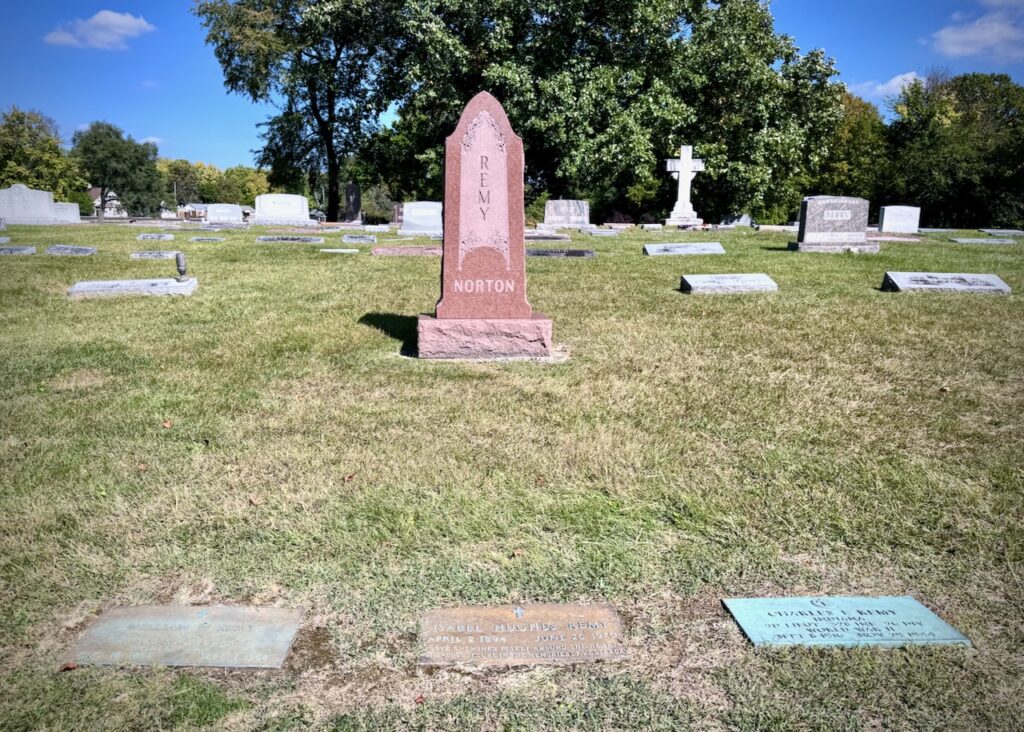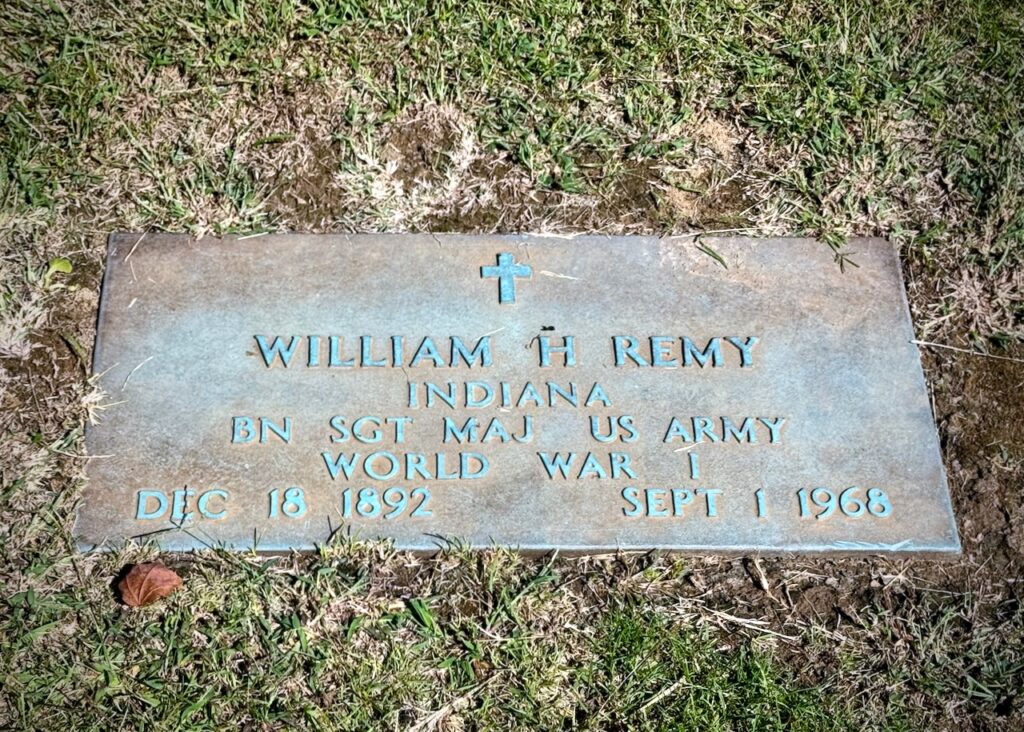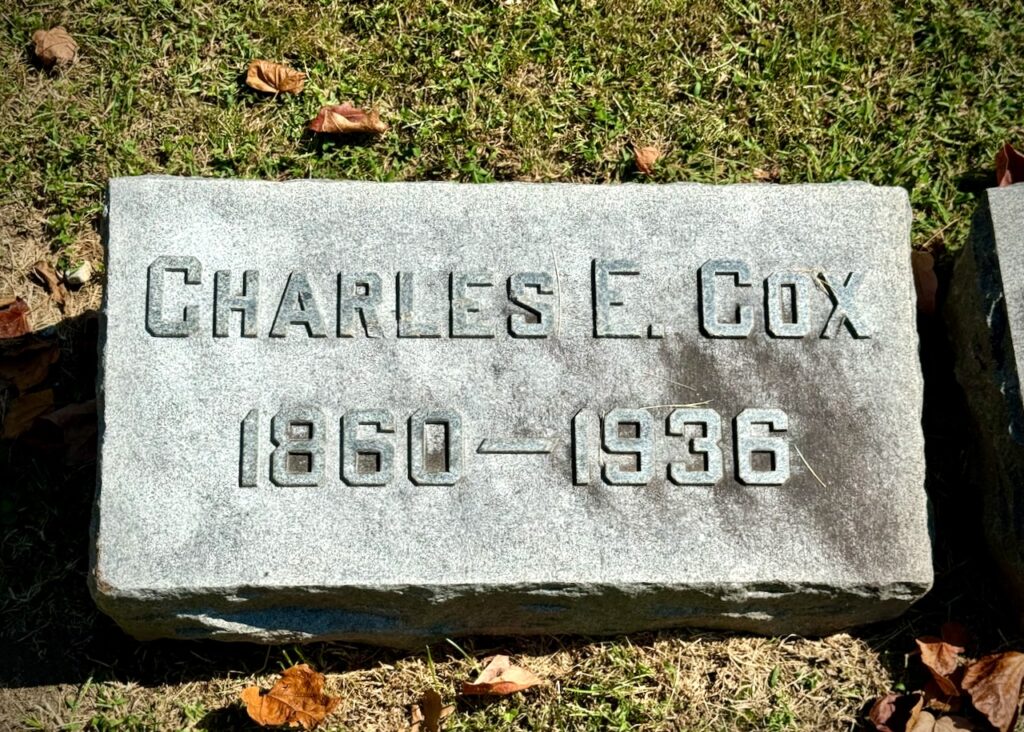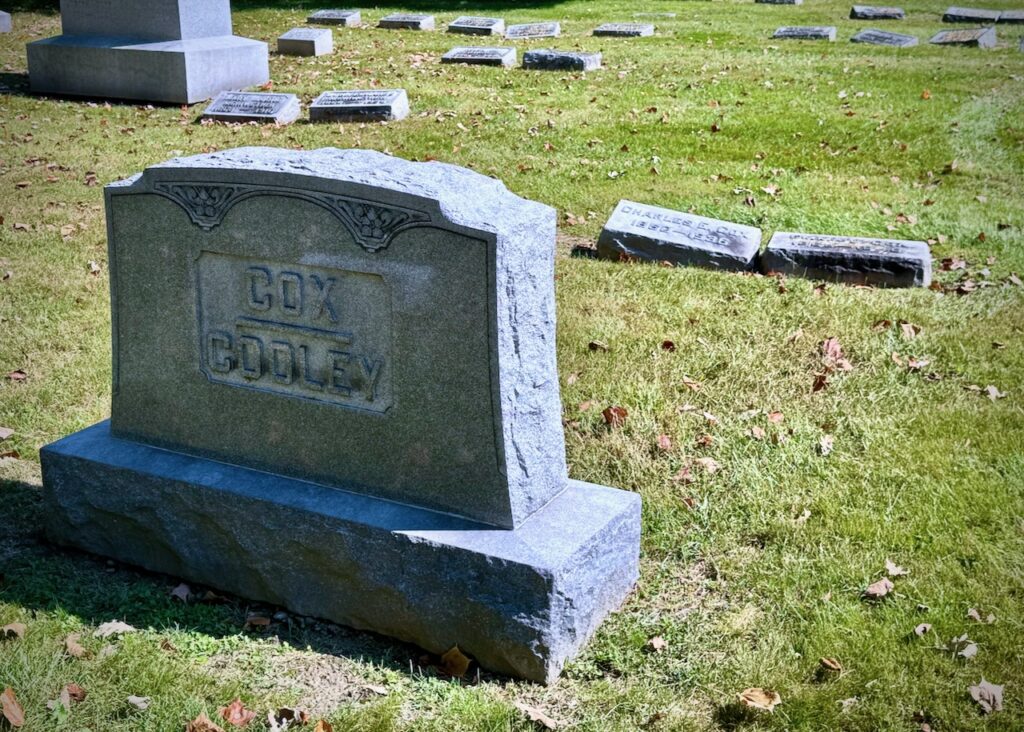One of my favorite places in all of Indianapolis is Crown Hill Cemetery. Besides the fact that I could spend hours amongst the trees and headstones, I went on a journey to find the graves of Will Remy and Charles E. Cox, both of whom argued the 1925 murder case against the notorious Ku Klux Klan leader, D. C. Stephenson.
I was inspired to search for these gravesites after reading Timothy Egan’s book, A Fever in the Heartland: The Ku Klux Klan’s Plot to Take Over America, and the Woman Who Stopped Them. I highly recommend reading it because it dives much deeper into the story, including how Stephenson became Klan leader, the murder of Madge Oberholtzer, and the eventual conviction of Stephenson by Remy and Cox. It covers a lot more than what you’ll find online or get during one of the famous Irvington Ghost Tours, which happen in the neighborhood where both Stephenson and Oberholtzer lived.

Will Remy was involved with the case simply because he was the Marion County Prosecutor, at the time. He risked his life going after Stephenson and the Klan.
He is buried at Crown Hill with his wife and son. His son, Charles, was a 2nd Lieutenant in the US Army and was killed-in-action in World War II in 1944.

As you can see, Will himself was a veteran of World War I.


Charles E. Cox was a former Indiana Supreme Court Justice from 1911 to 1917. After his time with the Supreme Court, he practiced law here in Indianapolis, and was called upon to assist Remy with the Stephenson trial.
Sadly, I forgot to visit the grave of Asa Smith, who is also buried at Crown Hill. He was the lawyer retained by the Oberholtzer family who spent copious amounts of time taking Madge’s deathbed statement. She died not too long after they finished, making her the primary witness of her own murder trial.
Stephenson was convicted of murder in the second degree. The jury agreed that he was guilty of the crime, but it took them over five hours of deliberation to decide if he should get the death penalty or not. He was later paroled in 1956, and eventually died in Tennessee.